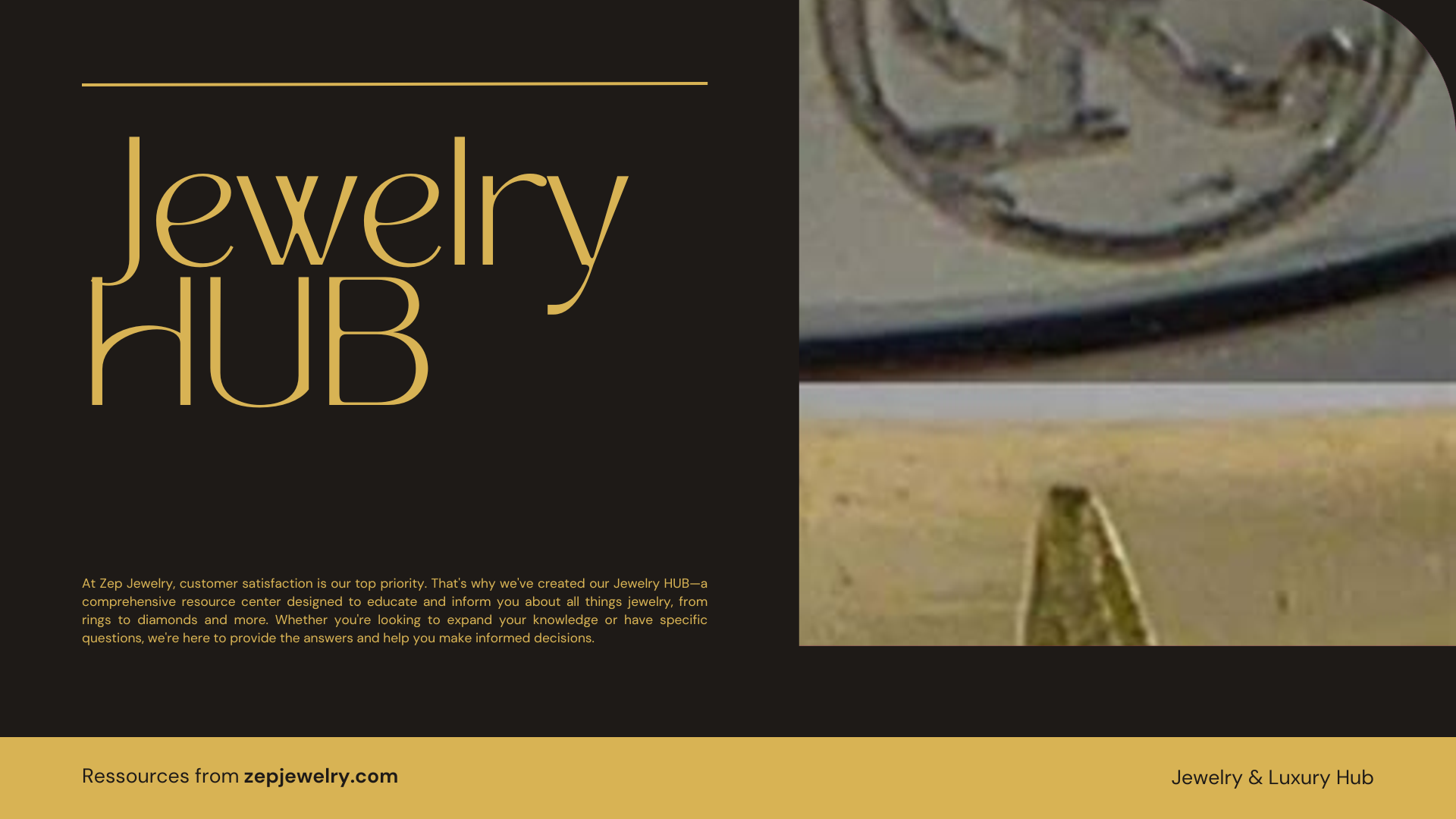Have you ever wondered why some jewelry sparkles with an unmistakable brilliance, while other pieces seem to lack that same allure? The answer often lies in understanding the art of authenticity, particularly when it comes to sterling silver. Renowned for its durability and radiant shine, genuine sterling silver contains 92.5% pure silver—an exquisite balance that elevates it above other metals. But how can you distinguish the real deal from those pretenders that roam the world of jewelry? Dive into this captivating realm where the marks tell a story, and learn to identify true sterling silver jewelry that deserves a cherished spot in your collection.
How can I identify genuine sterling silver jewelry?
Identifying genuine sterling silver jewelry is essential, especially for those who appreciate high-quality adornments. A reliable indicator of authentic sterling silver is the presence of specific markings on the piece. Look for stamps like ‘925,’ ‘STERLING,’ or ‘STER,’ which confirm that the jewelry contains 92.5% pure silver. This composition is what classifies it as a true sterling silver alloy, renowned for its durability and shine.
If you come across a piece without any markings, or if it’s stamped with a lower percentage than ‘925,’ such as ‘800’ or ‘900,’ it likely is not genuine sterling silver. These lower percentages indicate there is less silver content, which affects both the quality and value of the piece. Additionally, be cautious of jewelry that bears a shiny surface but lacks these essential stamps; it may simply be silver-plated rather than solid sterling silver.
To further discern true sterling silver, consider performing a few easy tests. You can use a magnet as authentic sterling silver won’t be attracted to it. If the jewelry sticks to the magnet, it’s likely made from a different metal. Another test involves a gentle smelling check; genuine sterling silver should not have a strongly metallic odor, whereas non-silver alloys may emit an unpleasant scent. Additionally, evaluating the price can provide clues; if the price seems too good to be true for a piece that should contain a considerable amount of silver, it probably isn’t genuine.
Ultimately, if you’re ever in doubt about your jewelry’s authenticity, visiting a professional jeweler for verification is the best course of action. An expert can perform appropriate tests to confirm whether your treasured item is indeed genuine sterling silver, giving you peace of mind in your purchase.
Why is sterling silver considered more valuable than other types of silver?
Sterling silver is widely regarded as more valuable than other types of silver due to its unique combination of purity and durability. Composed of 92.5% pure silver and 7.5% additional metals—usually copper—sterling silver boasts a strength that pure silver lacks. Pure silver, while beautiful, is simply too soft for practical, everyday use, making sterling silver an ideal choice for creating jewelry and decorative items that can withstand daily wear and tear.
This durable characteristic not only enhances its practicality but also contributes to its overall value. When it comes to resale, sterling silver items often retain their market value better than pure silver and other silver alternatives. Antique pieces of sterling silver, in particular, can command prices far exceeding their intrinsic silver content. This is largely due to factors such as artistic merit, craftsmanship, historical significance, and brand reputation. For instance, a beautifully crafted 19th-century serving set might fetch significantly more than merely the current silver value because of its historical context and the artistry involved in its creation.
Moreover, the hallmark ‘925’ stamped on sterling silver serves as an assurance of quality and purity, giving consumers confidence in their investment. It’s important to note that the craftsmanship behind sterling silver pieces plays a crucial role in determining their market price; items featuring intricate designs, notable artists, or unique characteristics are worth even more. So, in essence, sterling silver’s blend of quality, durability, and artistic value elevate it above other types of silver, making it a sought-after choice in the world of jewelry and collectibles.
What historical significance does the term “sterling” carry in the jewelry industry?
The term “sterling” originated from the British currency, “Easterling coins,” which were an alloy of silver. Following this, the standardized mark to denote quality began to evolve. In the USA, the Stamp Act of 1906 stipulated that items labeled as “sterling” must contain a minimum silver content, solidifying its association with quality. The transition to the ‘925’ mark in the 1970s reflects a shift towards a more standardized, global understanding of sterling silver.
How does the care and maintenance of sterling silver differ from fine silver?
Sterling silver requires more maintenance than fine silver, primarily because it contains additional metals like copper that contribute to tarnishing. This tarnishing can be managed through regular cleaning with silver polish or mild soap and water. In contrast, fine silver, being nearly 100% pure, is less prone to tarnish but is also softer and more easily damaged, making it impractical for everyday wearing.
Is all jewelry labeled as sterling silver high quality?
Not necessarily. While ‘sterling’ and ‘925’ both indicate the minimum silver content required for the label, the quality of the craftsmanship can vary widely. Jewelry makers across different regions may use varying practices in creating sterling silver jewelry, and items produced in countries with less stringent quality control may include impurities or lower-quality materials. Always check for reputable brands or artisan craftsmanship when purchasing sterling silver jewelry.
Why did the marking of sterling silver change over time from “sterling” to “925”?
The shift from “sterling” to “925” marks occurred as part of international efforts to standardize metal marking, particularly during the Vienna Convention on the Control and Marking of Articles of Precious Metals in the 1970s. The use of ‘925’ as the official mark emphasizes the precise silver content, allowing consumers to easily ascertain the purity of their purchases. This change reflects a growing movement towards transparency and accuracy in the precious metals market.
